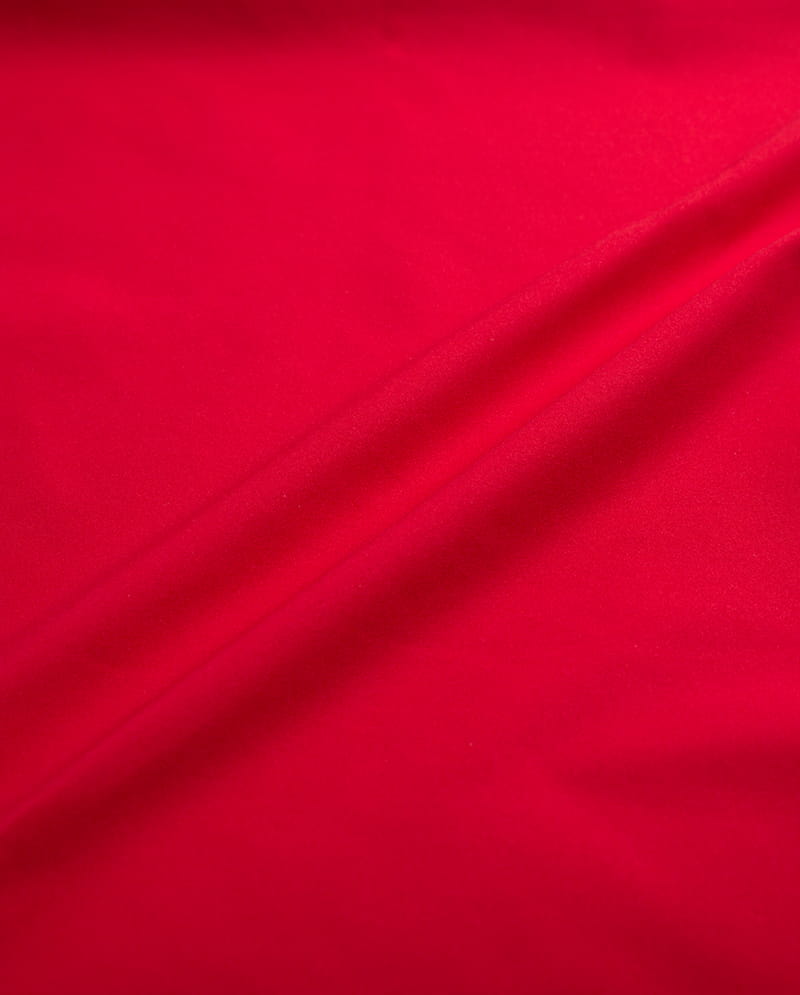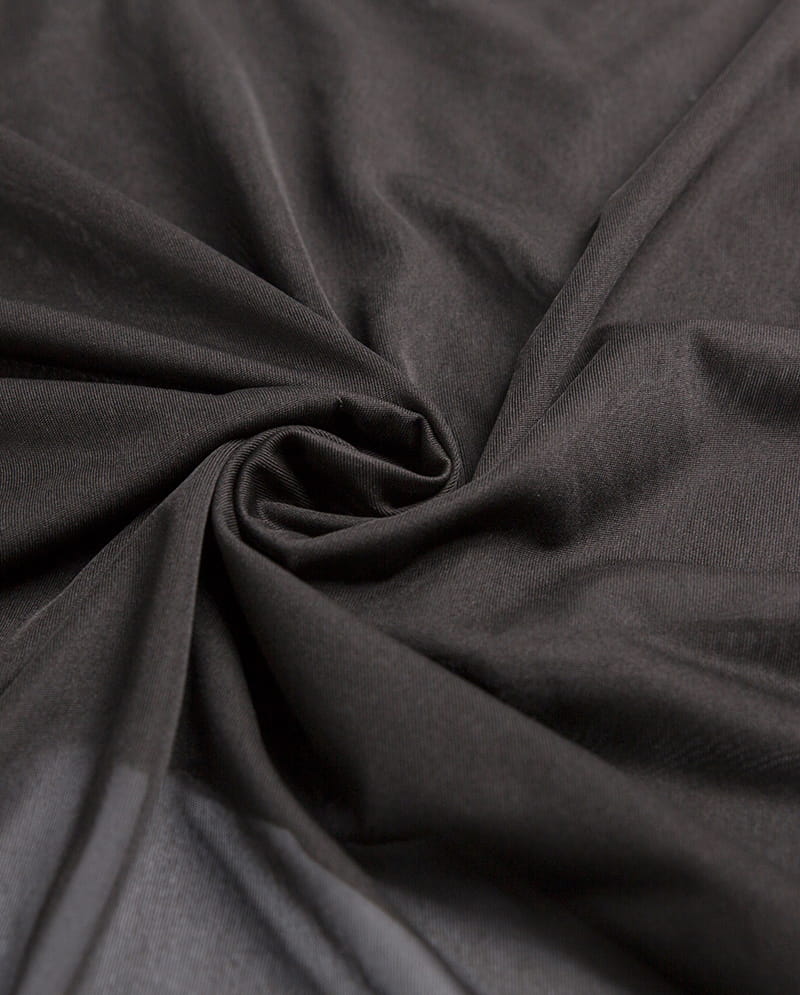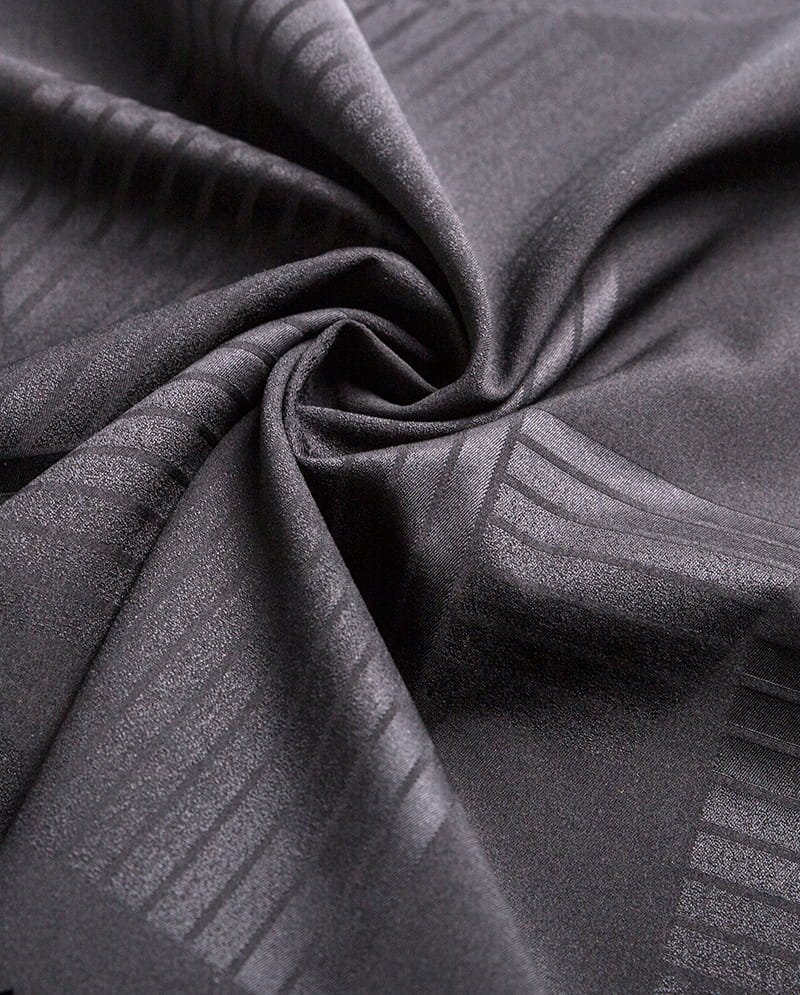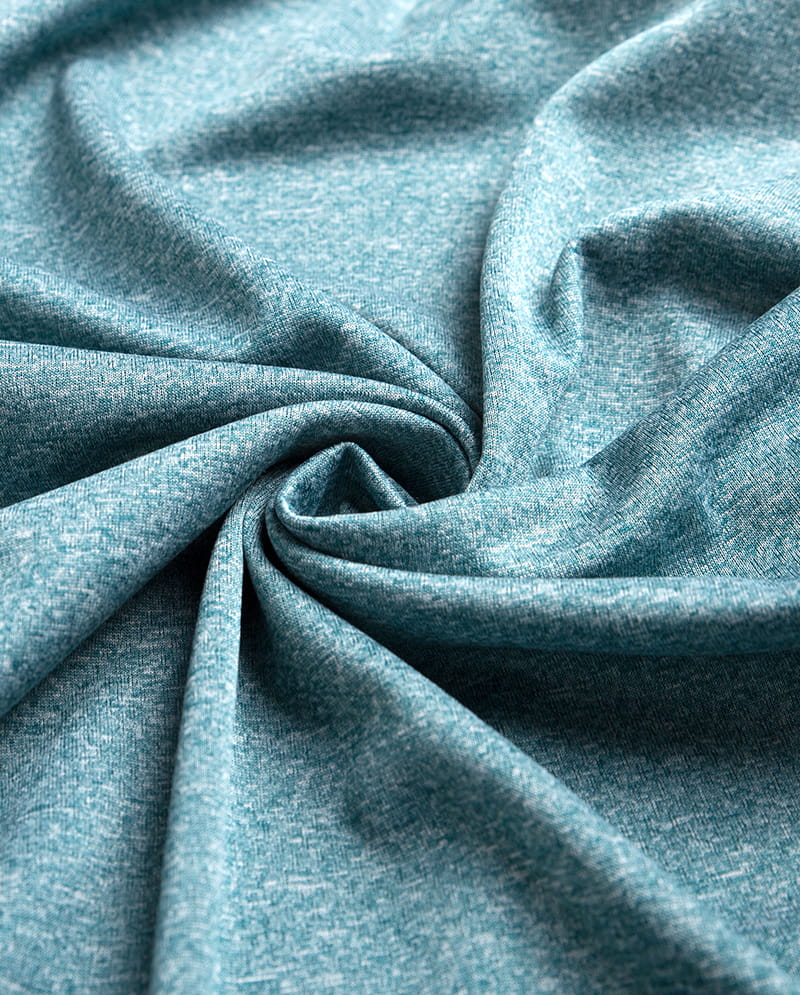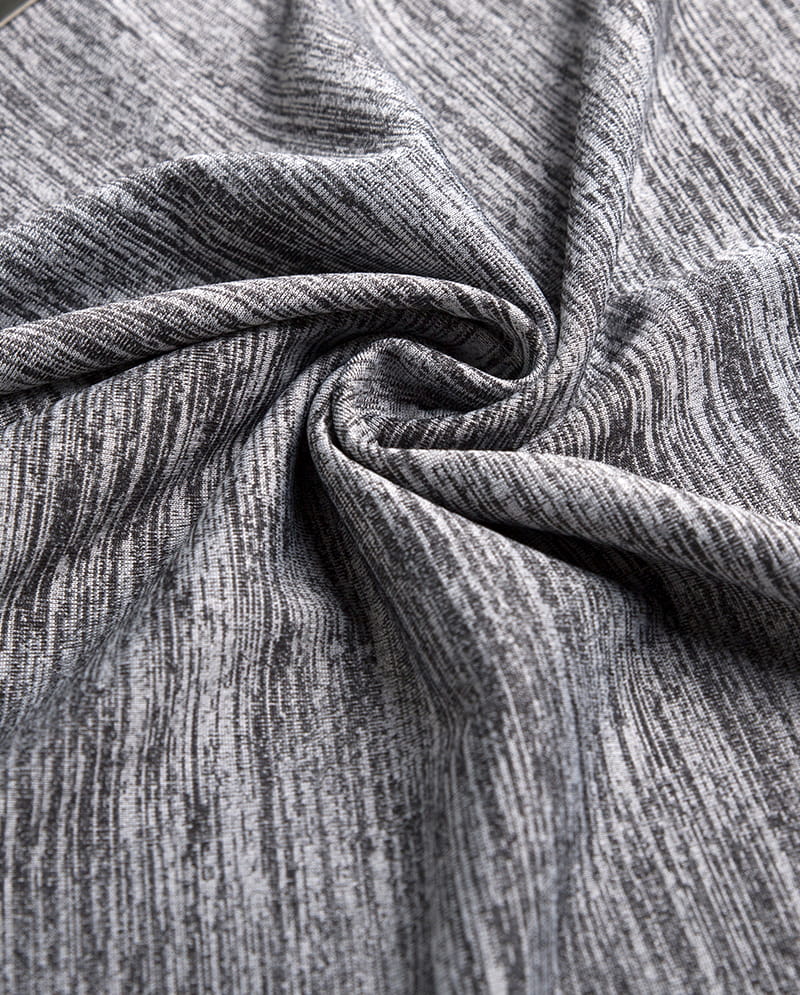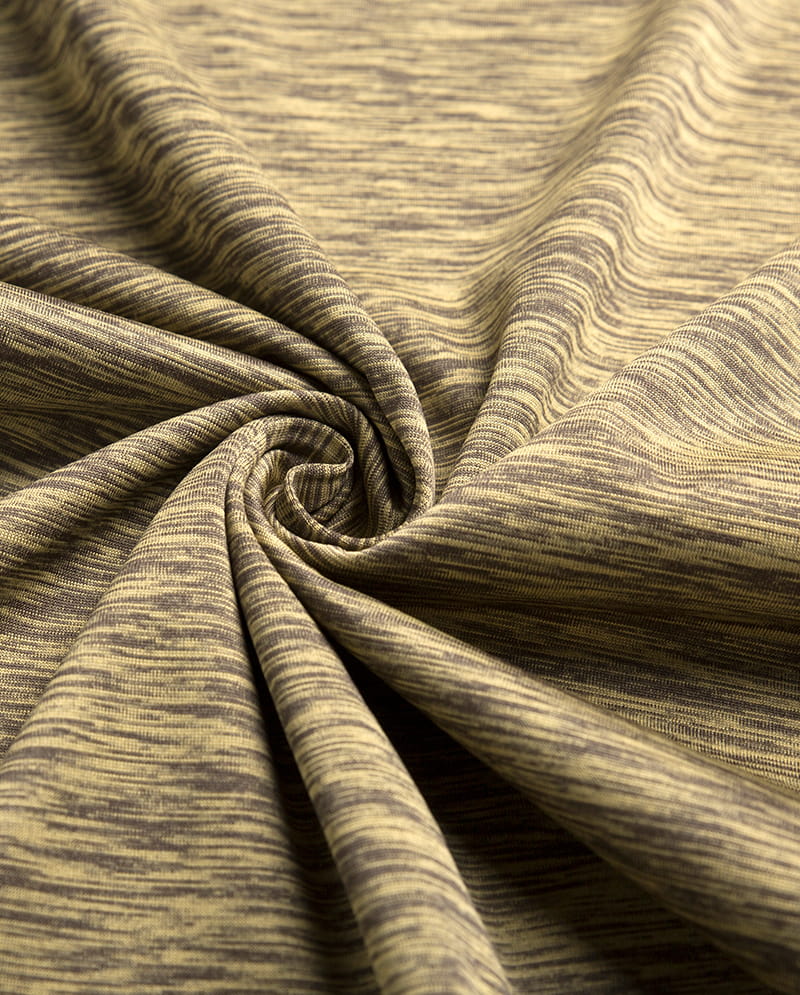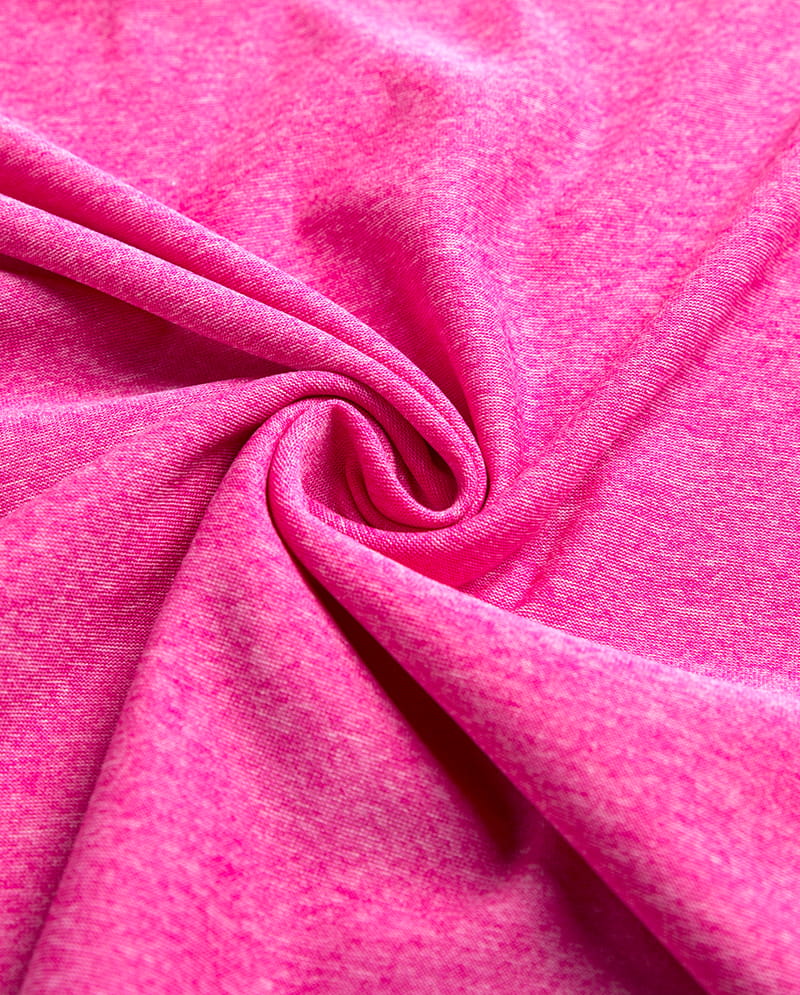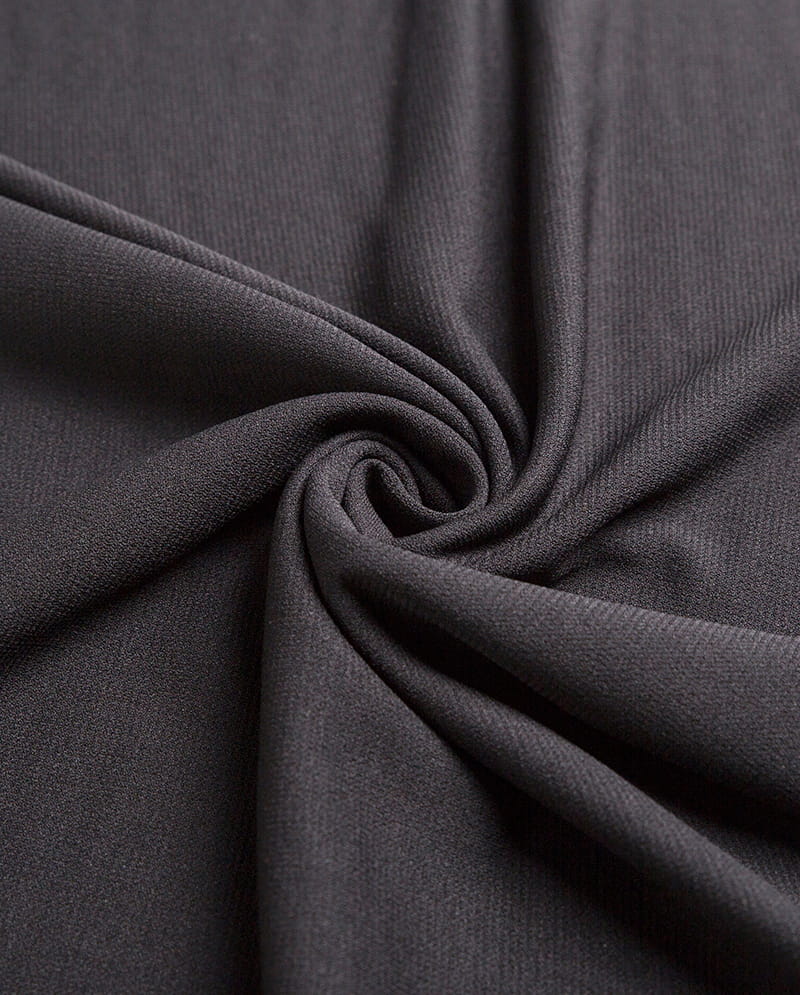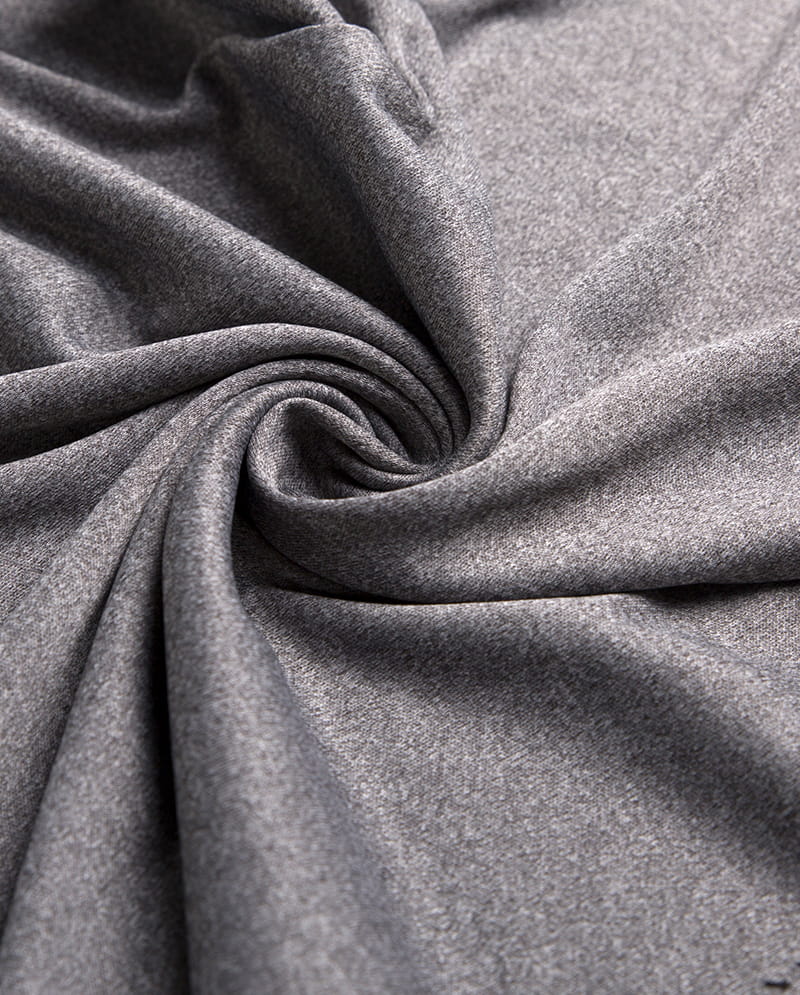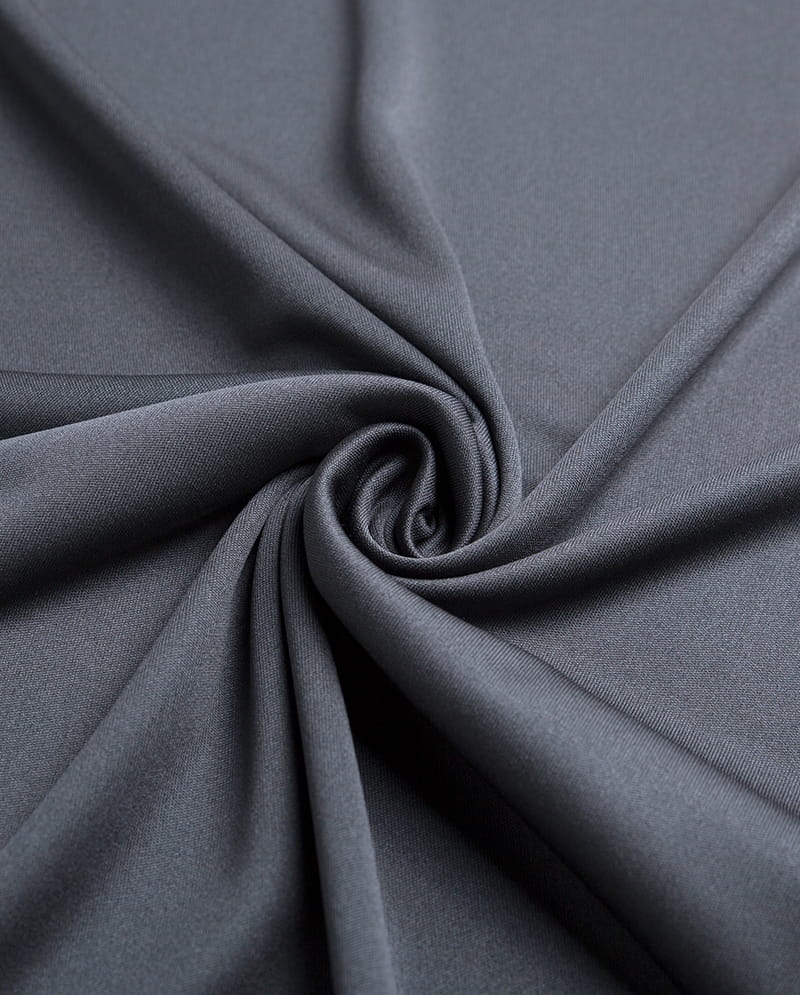Does Recycled Polyester Yarn Have the Same Moisture-Wicking or Quick-Drying Properties as Virgin Polyester?
For eco-conscious consumers, athletes, and outdoor enthusiasts, the rise of recycled polyester (rPET) is a welcome development. It diverts plastic bottles from landfills and reduces our reliance on virgin petroleum. But a critical question remains: when you choose sustainability, are you sacrificing performance? Specifically, does recycled yarn deliver the same reliable moisture-wicking and quick-drying properties we’ve come to expect from its virgin counterpart?
The short answer is: Yes, high-quality recycled polyester can possess functionally identical moisture-wicking and quick-drying properties to virgin polyester. However, the path to that performance is not always straightforward and depends heavily on the quality of the recycling process and subsequent yarn production.
The Foundation: How Polyester Manages Moisture
To understand the comparison, we must first grasp why polyester is so effective at managing moisture in the first place. It’s a common misconception that polyester “absorbs” sweat like cotton. In reality, its performance is based on two key principles: hydrophobicity and capillary action.
Hydrophobic by Nature
Polyester is inherently hydrophobic. This means the polymer chains that make up the fiber have no chemical affinity for water. Unlike cotton, which readily soaks up moisture and holds it within its fibers, polyester repels it. When sweat hits a polyester garment, it doesn’t get absorbed into the core of the fiber itself. Instead, it remains on the surface.
The Engine of Performance: Capillary Action and Wicking
If polyester repels water, how does it “wick”? This is where fabric engineering comes in. Through texturizing processes, the smooth polyester filaments are crimped and coiled, creating tiny channels and pores within the yarn structure. These micro-channels act like a network of capillaries.
Through capillary action, the surface tension of the liquid (your sweat) pulls it along these tiny tubes, spreading it thinly across a large surface area of the fabric. This process is what we call “wicking.” By spreading the moisture thinly, the fabric dramatically increases its surface area exposed to the air, which accelerates evaporation. This is the “quick-drying” effect.
In summary: Virgin polyester works by repelling moisture from your skin, channeling it along micro-capillaries in the yarn, and facilitating rapid evaporation. Its performance is a function of its chemical nature and its physical structure.
The Recycling Process: Where the Potential for Difference Lies
Virgin polyester is created from purified terephthalic acid (PTA) and monoethylene glycol (MEG), derived from petroleum. The result is a polymer of consistent quality, purity, and molecular weight.
Recycled polyester, primarily made from post-consumer PET bottles, undergoes a transformative journey. This journey is where the integrity of the polymer can be challenged. There are two main recycling methods:
1. Mechanical Recycling
This is the most common method for creating rPET yarn.
Process: PET bottles are sorted, washed, shredded into tiny flakes, melted, and then re-extruded into new polyester chips and subsequently into yarn.
The Critical Issue: During the melting phase, the polymer chains are subjected to high heat and mechanical shear stress. This can cause polymer degradation, breaking the long polymer chains.
Consequence: Shorter polymer chains result in a melt with lower intrinsic viscosity (IV). A lower IV means the molten polyester is less viscous and, when spun, can produce weaker fibers. To combat this, manufacturers may add chain extenders or mix the recycled flakes with virgin material to achieve the necessary IV for spinning strong yarn.
2. Chemical Recycling
This is a more advanced, though less common and currently more expensive, method.
Process: The PET waste is broken down into its core monomers (PTA and MEG) through chemical processes. These monomers are then purified and re-polymerized into new PET.
The Key Advantage: Chemical recycling effectively “resets” the polymer, creating a material that is chemically identical to virgin polyester. The molecular weight and purity can be restored to virgin-grade standards.
Head-to-Head: Recycled vs. Virgin Polyester Performance
Now, let’s directly address the performance in moisture-wicking and quick-drying.
The Case for Performance Parity
When recycled polyester is well-made, its performance is indistinguishable from virgin polyester. Here’s why:
Identical Chemical Composition: At a molecular level, the polyester polymer in rPET is the same as in virgin PET. Its fundamental hydrophobic nature is unchanged. A water molecule cannot tell if it’s sitting on a fiber that was once a bottle or one made from new petroleum.
Controlled Manufacturing: High-quality rPET producers meticulously control their process. They source clean flakes, use advanced filtration to remove impurities, and carefully manage the IV throughout the melt phase. The resulting yarn can be texturized and woven/knitted into fabrics with the exact same capillary structures as virgin fabrics.
Real-World Validation: Major athletic brands like Nike, Adidas, and Patagonia now use high-performance rPET in their top-tier products. They subject these fabrics to rigorous laboratory and athlete testing for moisture management, drying time, and durability. The widespread adoption by these brands is a powerful testament to the achievable performance parity.

The Potential Pitfalls and Performance Variance
Not all recycled polyester is created equal. Lower-quality rPET can present issues that indirectly affect moisture management:
Impurities and Inconsistencies: If the source flakes are contaminated or the filtration is poor, microscopic impurities can remain in the melt. These can clog the spinnerets during fiber production, leading to slight inconsistencies in the yarn’s diameter. An inconsistent yarn can create an uneven capillary network, leading to less efficient wicking and potential “hot spots” where moisture pools.
Molecular Weight Distribution: Even with IV adjustment, the distribution of polymer chain lengths in mechanically recycled rPET can be wider than in the highly uniform virgin polymer. This can affect the fiber’s tensile strength and, in some cases, its ability to hold a consistent crimp during texturizing, which is vital for creating those moisture-wicking capillaries.
Color Limitations: Recycled polyester from mixed-color bottles often results in a greyish or off-white base. To achieve bright, light colors, heavy dyeing or bleaching may be required. These chemical treatments can sometimes leave a residue that slightly alters the fabric’s surface energy, potentially impeding its wicking ability—unless a proper wash and finishing process is applied.
Beyond the Fiber: The Critical Role of Fabric Engineering
It is crucial to understand that the fiber is only one part of the performance equation. The construction and finishing of the fabric are equally, if not more, important.
Yarn Texturizing: The process of adding crimp and loft to the yarn is what creates the capillaries. A well-texturized rPET yarn will outperform a poorly texturized virgin yarn every time.
Knit or Weave Structure: A lightweight, open-knit mesh will dry incredibly fast, whether it’s made from virgin or recycled polyester. A dense, tight weave will be slower for both.
Finishing Treatments: Many performance garments are treated with a Durable Water Repellent (DWR) finish or specific hydrophilic (water-attracting) surface treatments that enhance wicking. These finishes are applied to the fabric’s surface and work the same way on both virgin and recycled substrates. The quality of this finish often has a more immediate impact on performance than the source of the raw fiber.
A Practical Guide for the Conscious Consumer
So, what should you look for when buying a performance garment made from recycled polyester?
Trust the Brand, Not Just the Tag: A reputable outdoor or athletic brand has a reputation to uphold. They are far more likely to source high-quality rPET and conduct rigorous performance testing. A no-name brand might use a lower-grade recycled material that doesn’t perform as well.
Look for Blends: Don’t shy away from polyester blends. Many high-performance fabrics blend recycled polyester with another fiber like elastane (for stretch) or even a small amount of virgin polyester. This is often done to ensure optimal durability and consistency without significantly compromising the sustainability benefit.
Feel the Fabric: While subjective, your hands can tell you a lot. A high-quality rPET fabric should feel smooth, consistent, and not overly stiff or brittle. It should have a good “hand feel” similar to a virgin polyester garment of the same type.
Check for Performance Certifications: Look for tags that mention specific technologies that use rPET. These companies certify the performance of the final fabric, not just the origin of the fiber.
The Verdict
Does recycled polyester yarn have the same moisture-wicking or quick-drying properties as virgin polyester?
Scientifically and practically, the potential for identical performance is there. The inherent hydrophobic chemistry is the same. High-quality recycling and advanced fabric engineering can produce rPET garments that meet and even exceed the performance of some virgin polyester items.
The key takeaway is that performance is a result of quality control and manufacturing expertise, not just the source of the raw material. A low-quality virgin polyester garment will perform poorly, while a high-quality recycled one will excel.
The industry’s progress means that, for the most part, you no longer have to choose between sustainability and performance. You can have both. By choosing recycled polyester from reputable brands, you are voting for a more circular economy without sacrificing the technical capabilities you need to stay dry and comfortable during your activities. The real question is no longer if recycled polyester can perform, but which recycled polyester products are engineered to do it best.

 English
English 中文简体
中文简体